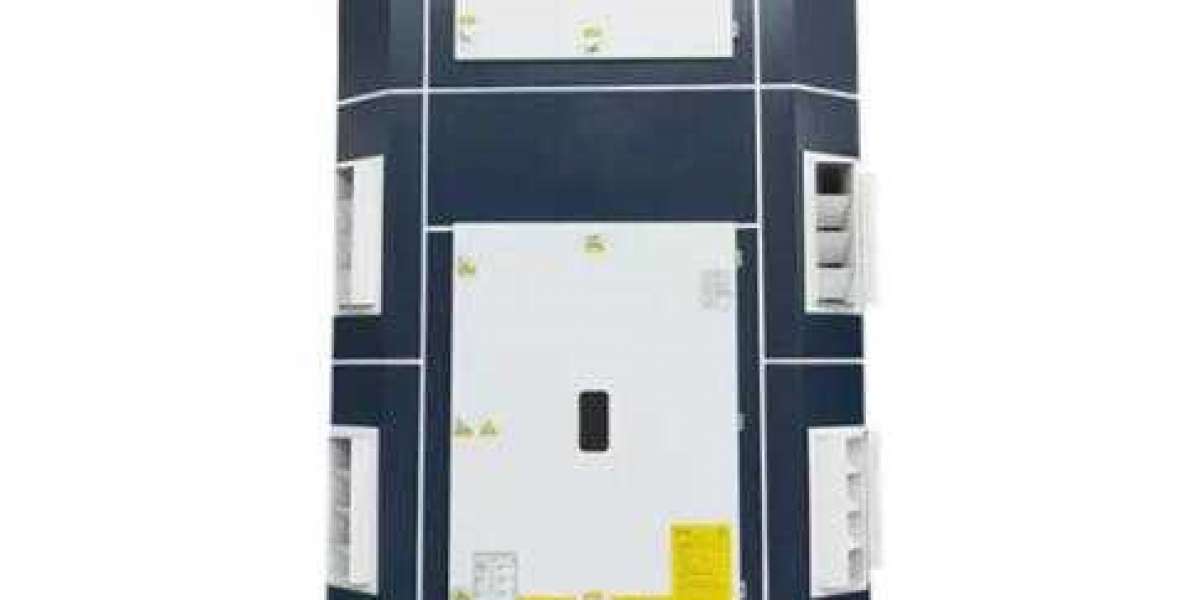2) Under the driving force of the rotor scraper, the thin film evaporator can achieve a very good heat transfer effect, and the surface evaporation time of the thin film evaporator becomes shorter, so that it is difficult to scale and coke, and it will not cause the accumulation of excessive sediment, which is conducive to scale removal. And 3) the heat-conducting oil furnace matched with the film evaporator does not consume too much fuel such as coal mine and the like, and can save a large amount of energy. 4) The use of thin film evaporator is conducive to the design of process scale-up, can replace the kettle dryer, and is conducive to reducing the error in the scale-up production process. However, in the process of practical application, the application of thin film evaporator also has some bottlenecks. The material of the groove scraper of the thin film evaporator is polytetrafluoroethylene, which has strong corrosion resistance, but it is difficult to resist high temperature. In order to deal with this problem, corrosion resistant and high temperature resistant materials such as graphite can be used. At the same time, the process pipeline of the thin film evaporator is seamless pipe, which must be replaced once a month. In order to deal with this problem, stainless steel or pipes with corrosion-resistant lining, such as fluoroplastic heat exchanger lining, can be used to ensure that the pipes are not corroded. 4 High efficiency plate heat exchanger in petrochemical industry The high efficiency plate heat exchanger is realized by using different commutator segments and different assembly methods, which can be divided into single process, multi-process and mixed process, and should be selected according to the process requirements. For the medium with general temperature difference greater than 1.8 times of logarithmic mean temperature difference, multi-flow process shall be adopted, and the adaptive value of flow rate between plates shall be 0.3 ~ 0.5m/s. When the flow rate is too low, double or multi-flow process shall be adopted. High efficiency plate heat exchangers are used for liquid heat exchange in the pharmaceutical, food and chemical industries, as well as for pasteurization in certain applications. In the petrochemical industry, the types and quantities of heat exchangers are very numerous, and they also have very high requirements for pressure and temperature. High efficiency plate heat exchangers are better able to cope with higher pressures and higher temperatures. In particular, the welded plate heat exchanger is convenient, small in size, light in weight, has good heat transfer performance, and low in price, so that the welded plate heat exchanger is well used in the offshore oil production process, and can be used for cooling mechanical lubricating oil and fresh water, cooling related intermediate products in an oil field, and heating crude oil. The application of high efficiency plate heat exchanger in the petrochemical industry also has some bottlenecks, that is to say, it is difficult to accurately design and calculate the process flow. In the production practice of the petrochemical industry, huge economic losses often occur due to the unreasonable design of the process flow. In order to solve this problem, we can calculate and analyze the resistance of the plate heat exchanger for cooling in the petrochemical industry. According to the characteristics of the heat exchanger and the assumption of the heat conduction principle that the liquid phase on the wall increases linearly along the flow channel, we can simulate the relationship between the length of the flow channel, the real mass gas content and the volume gas content, which is close to the actual data. In the cooling process of petrochemical industry, there is partial collective condensation, which will form a liquid film on the heat exchange surface. Therefore, compact heat exchangers such as plate-fin heat exchangers can be selected. At the same time, in order to achieve a reasonable and economical heat exchanger, the heat exchanger must be adjusted from the perspective of structural parameters. It is not perfect to consider only the heat exchange area and margin. Editor Sum up Being familiar with the types, uses and principles of heat exchangers in the petrochemical industry can effectively avoid the premature damage of heat exchangers, improve the energy efficiency of the petrochemical industry,jacketed glass reactor, prevent unnecessary shutdown, and avoid the loss of products caused by the problems of heat exchangers. —————————————————————— Disclaimer: The copyright of this article belongs to the original author. If copyright is involved, please contact to delete and return to Sohu to see more. Responsible Editor:. toptiontech.com
Search
Popular Posts








